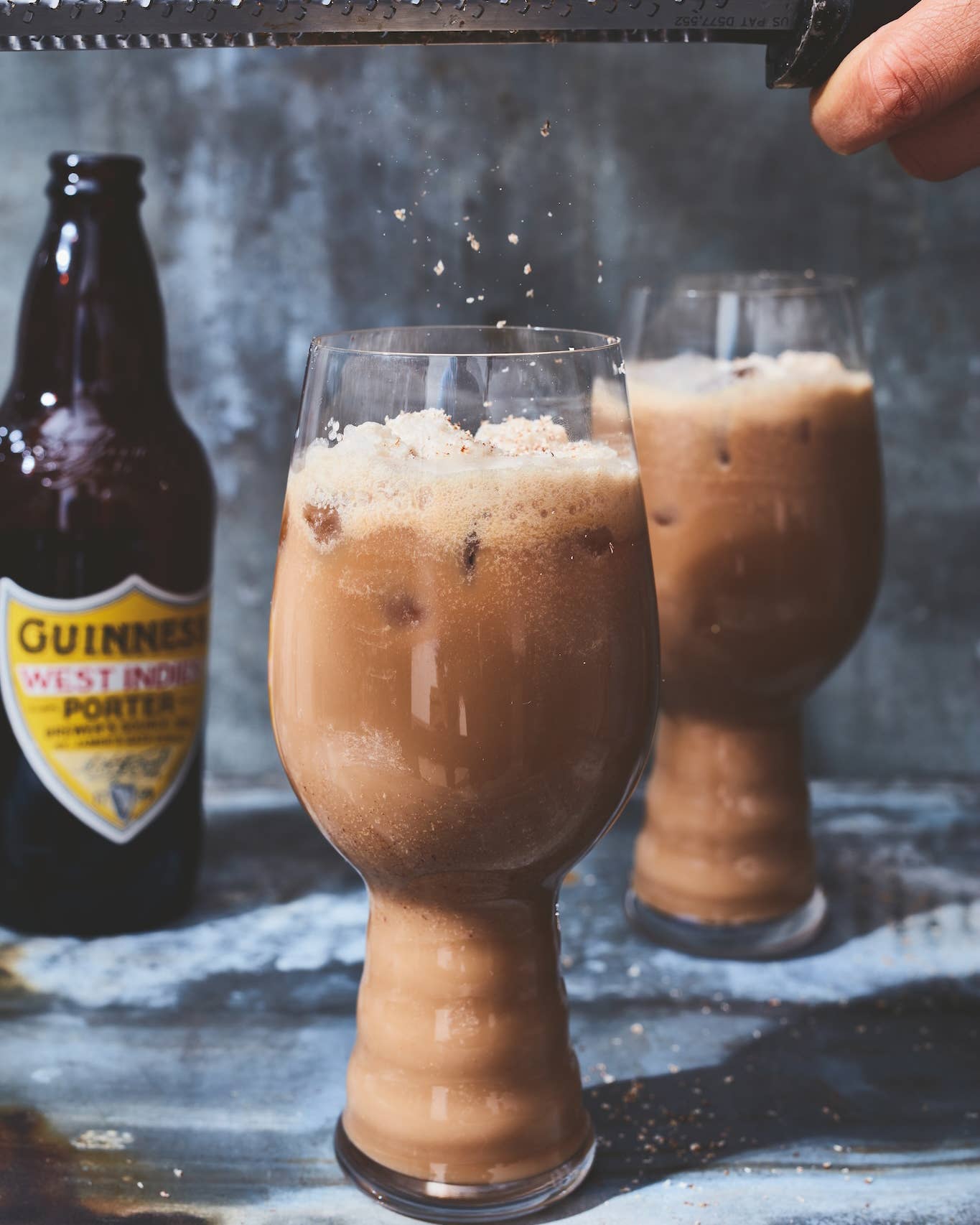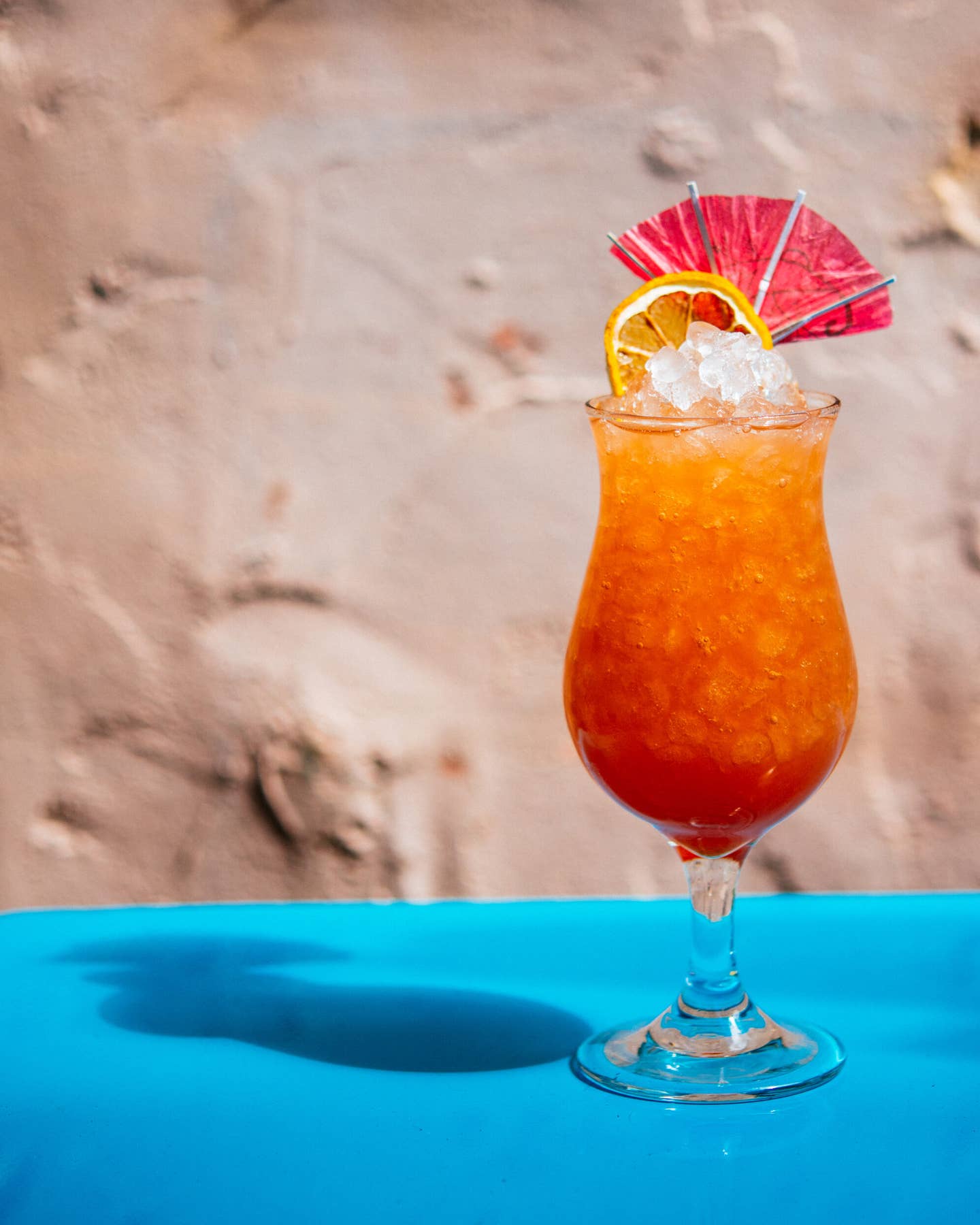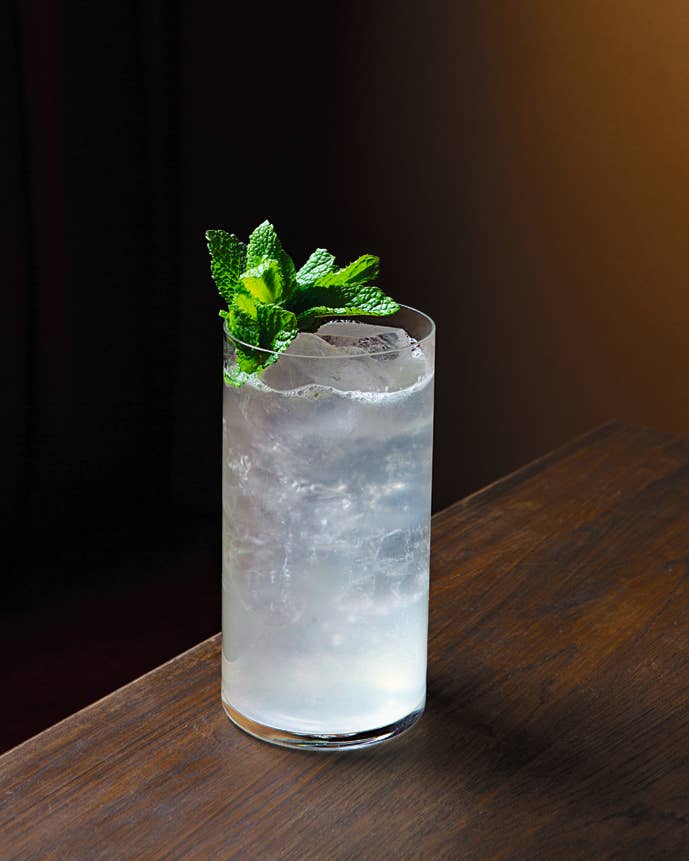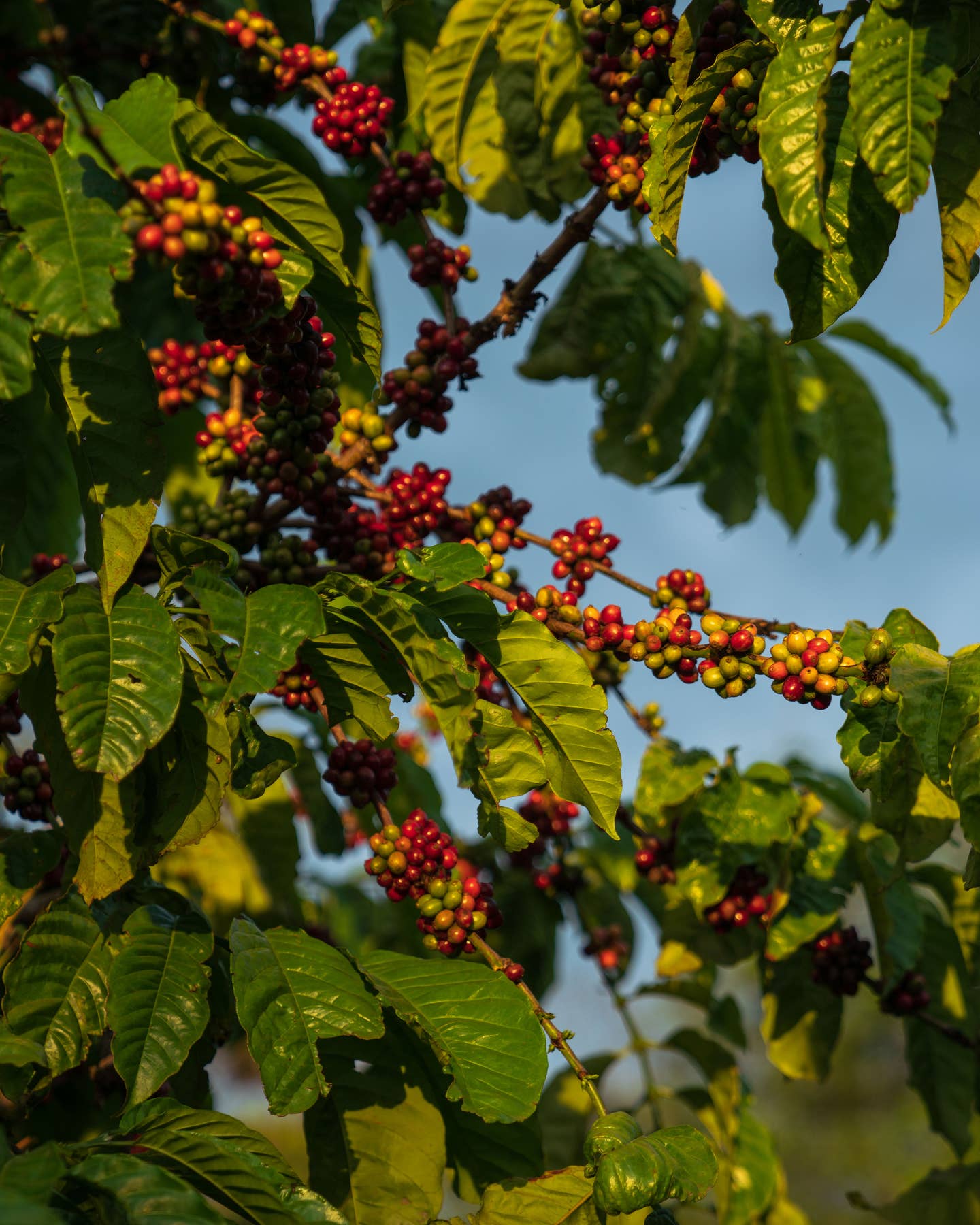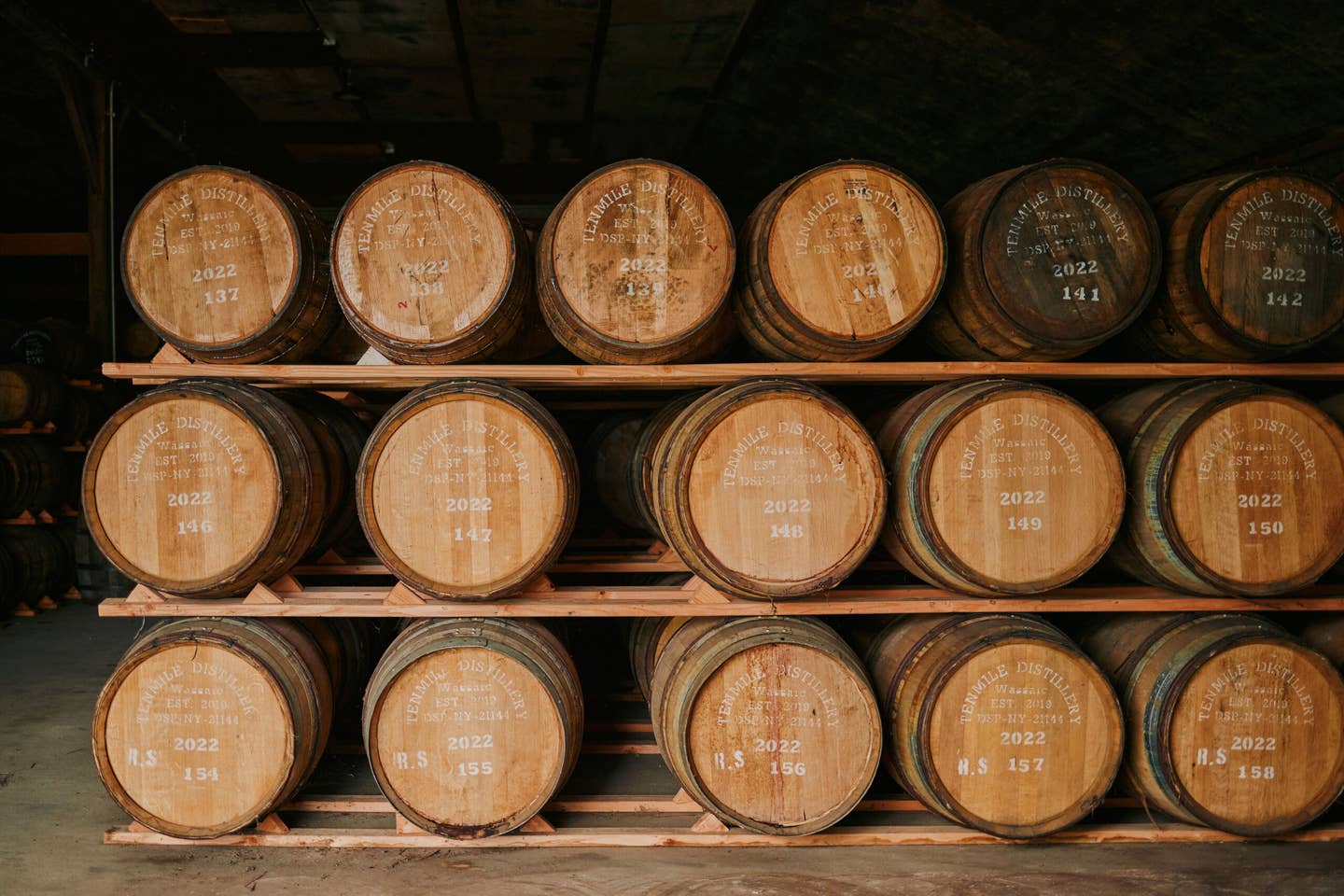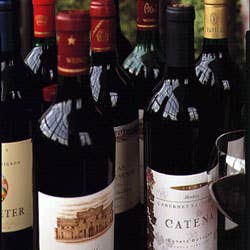
Vino Gaucho
The vineyards of Mendoza range across the arid plain of western Argentina, up to the edge of the snowcapped Andes. On the other side of the mountains, just a few hours' drive away, are the wineries of Chile—Los Vascos and Concha y Toro and the rest, whose inexpensive chardonnays and cabernets are now virtually everywhere in the U.S. Meanwhile, Argentine wines, routinely rated the equal of top European and Californian varietals in blind tastings around the world, remain almost unknown in this country. Having sampled the best vintages of seven important wineries in Argentina's Mendoza region (where at least 70 percent of the country's wine is produced), I wondered why.
Strolling one lunchtime down the paseo Sarmiento, a pedestrian promenade lined with umbrella-shaded restaurant terraces in downtown Mendoza, I found one possible explanation: nearly every table had a bottle of wine. I noticed the same thing one evening the following week, when I wandered through the upscale Buenos Aires neighborhood of Recoleta. Malbecs, syrahs, and cabernets, chardonnays and chenin blancs—bottle after bottle is uncorked daily in this country, nearly every one from Argentina.
This is a nation of wine drinkers—a ready-made home market for one of the world's largest and most efficient wine industries. Only France, Italy, Spain, and the U.S. produce more wine annually than Argentina, and only France and Italy drink more of it per capita. Chile is a thinly populated nation that can't muster enough domestic consumer demand to match the generous supplies its own wineries turn out. Argentina, on the other hand, has never needed to export. And that was probably just as well. Currency fluctuations and an inflation rate that sometimes exceeded 1,000 percent a year discouraged foreign investment for decades. Argentine wines were made by local companies for local palates, which meant that the reds were heavy and the whites oxidized easily. The country's consumers didn't know any better. With one producer, Bianchi, marketing a tasty $5 blend called Nuestra Borgoña—"Our Burgundy"—there was little incentive for an Argentine to pay ten times that amount for the real thing from France.
Argentine producers have made attempts to sell to the U. S. market over the years. In 1970, the massive Peñaflor beverage company bought the Trapiche label and almost immediately started exporting wines under that brand name to America, years ahead of any similar effort by Chile. But they were trying to sell traditional Argentine vintages to pre-Yuppie wine drinkers, who were only just beginning to accept that California could make wines as good as France's. At the time, to most Americans, Argentina must have seemed about as likely to produce a quality cabernet as, say, Pakistan. Trapiche was about 20 years too early.
Then conditions changed. After his election in 1989, Argentina's charismatic president, Carlos Menem (whose family had its own winery), was able to stabilize the economy and attract foreign business interests. At the same time, domestic wine consumption, though vigorous, had declined, from about 90 liters per year per capita at its peak in the 1960s to 50 liters or less. Argentine producers finally decided to take another look at the outside world. And when their gaze fell on the U.S., they found a marketplace greatly altered by the success of two equally "nontraditional" wine producers—Chile and Australia.
"Chile changed everything," says Bernardo Weinert, who started exporting his own wines—including an opulent malbec—to the U.S. in the late 1980s, but has only seen a swell of interest in them in the last decade or so. "Once consumers realized that Chilean wines could be good," Weinert continues, "they started thinking that perhaps Argentine wines could be, too. That's the period we're in—a period of 'perhaps'."
Dr. Nicolas Catena, a prominent economist who studied at Columbia University and taught for a year at the University of California at Berkeley, produces and markets fine wines under several labels (including Catena in the U.S. market), almost as a hobby.
Catena inherited his family's bulk wine business in the 1960s. For a time, in the 1970s, the company sold as much as 10 million liters a month of vino de mesa from a single facility—which made the firm one of the world's largest producers. But in 1974, after a trip to the Napa Valley—and especially after visiting the Robert Mondavi Winery, where the level of winemaking and the sophistication of the technology left him, as he puts it, "shocked"—he decided to emphasize quality rather than quantity back home. The next year, his brother, Jorge, went to California to study enology at UC Davis, and then brought the latest American methods home to Argentina.
"To me," Catena says, "the most relevant information was to realize that a country from the New World could actually compete with Europe as to the quality of its wines. And I figured, if California can do it, why can't we?" He convinced enologist Paul Hobbs, then at Sonoma County's Simi Winery, to spend his springtimes (when grapes are harvested in the Southern Hemisphere) in Argentina, to help "internationalize" his varietals for wider appeal. And Catena began to take a long look at the North America market.
In 1991, Catena became the first Argentine winemaker to sell his product on a regular basis in the U.S. at premium prices—$13 and above—a significant point considering that Chile's sales breakthrough had occurred at the bottom end of the price scale. "We now think we have the technology and the knowledge to compete internationally," Catena says. "We can produce a chardonnay that is close to the quality of a $25 California chardonnay, and sell it for $15. That's the future."
Not according to Weinert, who loathes the international style. "Every region has its own characteristics," he maintains. "We grow a grape here that is the best example of its kind in the world, the malbec, and that's what we should be concentrating on." Of French origin, malbec was once prominent in Bordeaux, but is now used mostly as a blending agent in France. Here in the Mendoza region, however, it thrives as an independent varietal.
Weinart is not alone. "I think Dr. Catena is wrong," winemaker Raul de la Mota told me. "He's trying to use American winemaking techniques in Argentina, when what he should be doing is enhancing the local characteristics of our wines. One of the biggest problems in enology today is imitation, which in the end always becomes caricature. The consumer knows the difference between French cha-blis and Argentine chablis. The future of Argentine wines is malbec, not cabernet or chardonnay."
But Catena is adamant. "If my pricing analysis is correct," he tells me over lunch one day in Buenos Aires, "we can do very well with our chardonnays and cabernets on the American market, because you are so quality conscious." Then he takes a sip of one of his cabernets, and becomes more winemaker than economist. "I am excited to see what will happen with these wines."
Keep Reading
Continue to Next Story



